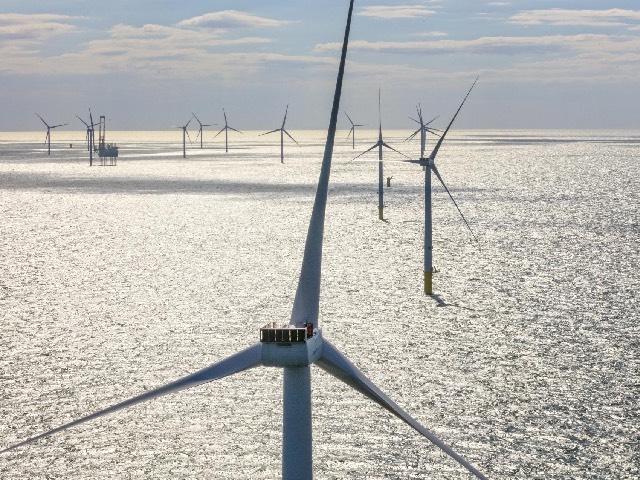Borssele III & IV, one of the largest offshore Dutch wind farms, has reached full commissioning. Located 22 kilometres off the Dutch coast and the Province of Zeeland, the wind farm is capable of powering 825,000 Dutch households with renewable electricity. The construction of the 731.5 MW wind farm, with in total 77 MW turbines was completed on-time, with official commissioning on 6 January 2021. As the Balance of Plant contractor for the Borssele III & IV offshore wind farm, Van Oord was responsible for the design, engineering, procurement, construction and installation of the foundations and inter array cables together with the installation of 77 turbines of which the last was installed in November 2020. Cable installation vessel Nexus and trencher Dig-It completed the installation and burial of more than 170 kilometres of inter array cables.
‘This is an important milestone for the transition to renewable energy in the Netherlands. We are proud that we are building our fifth offshore wind farm in the Netherlands and by doing so making a significant contribution to the Dutch transition to a renewable energy system. The Blauwwind project team, including all the Van Oord colleagues, have done a fantastic job by showing agility.’
— Arnoud Kuis, Managing Director Van Oord Offshore Wind

‘This is a great achievement by everybody involved. In difficult circumstances, partly due to the COVID-19 pandemic, we were able to construct the wind farm at a swift pace, without noteworthy problems or incidents. The five Blauwwind consortium partners, the project organisation and the (sub)contractors collaborated incredibly well.’
— Roeland Borsboom, Project Director for Blauwwind









































